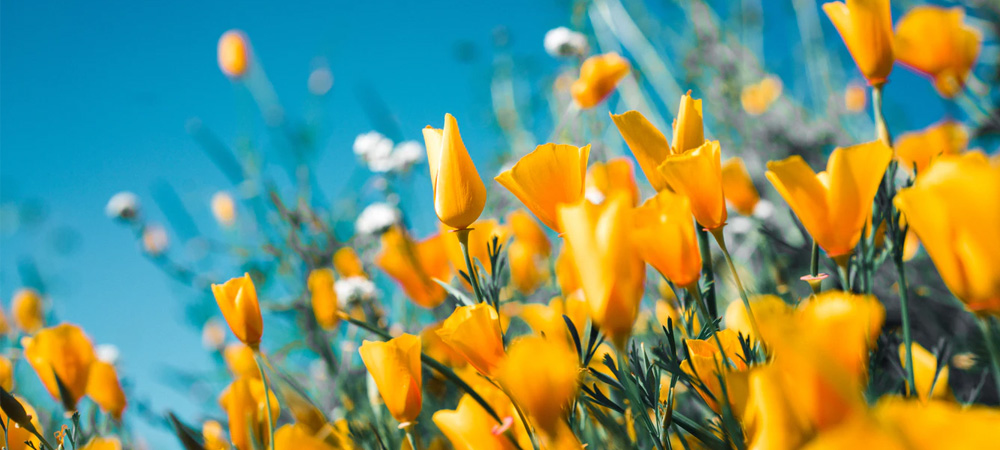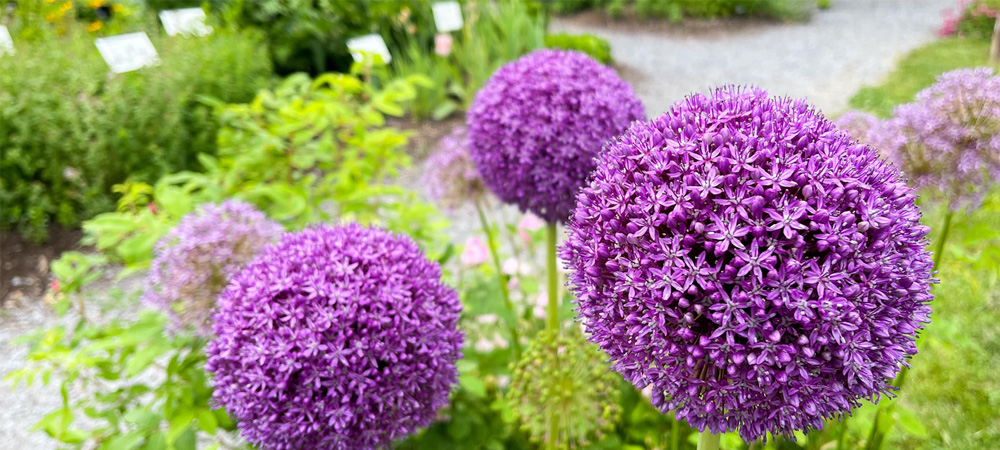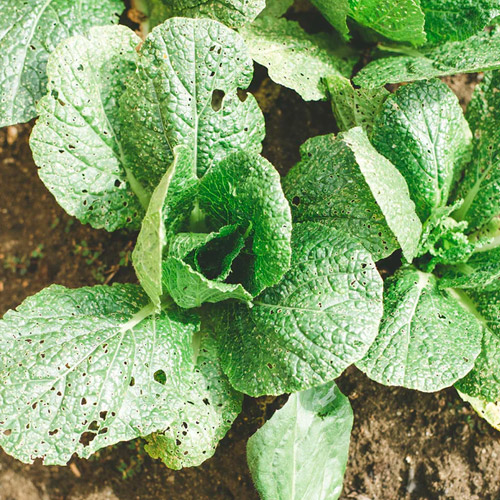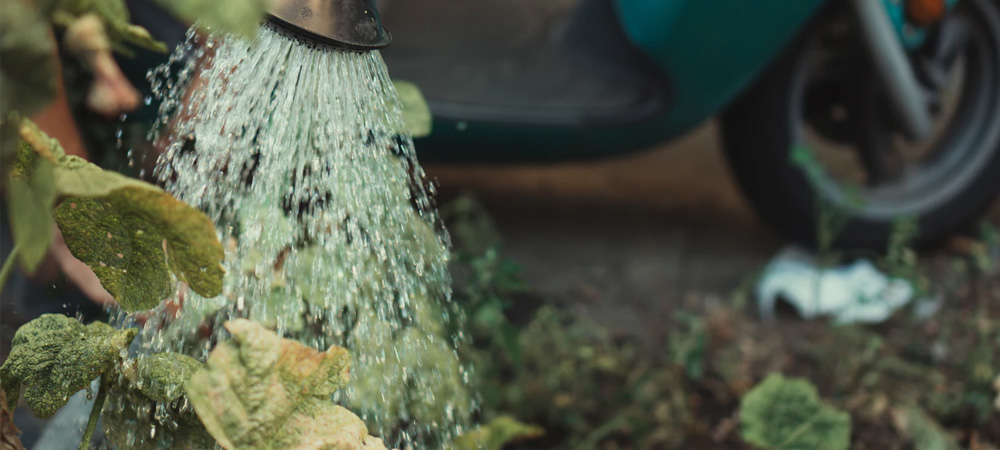How to Grow Plants in a Greenhouse in Summer

Even though people love to be outside in the summer there are many benefits to growing in a greenhouse during the summer. During the hot and sunny summer months, people tend to forget about how useful a greenhouse can be. It is true that outdoor gardens are easier to grow in the summer but that doesn’t mean you should ignore your greenhouse completely. Growing in a greenhouse can eliminate the problems of inclement weather and pests. The following article supplies you with four strategies for maximizing the usefulness of a greenhouse during the summer.
Need a new greenhouse? Buy one from South West Greenhouses here.
How Do High Temperatures Affect Plants?
For optimum growing capacity during the summer, it is necessary to understand the basics of plant nutrition and how high temperatures affect our greenhouse crops.
First of all, a little bit of science. As you know plants and animals are comprised of about 85% water. In the case of plants, the other 15% is referred to as dry matter. This dry matter is primarily made up of hydrogen, carbon, and oxygen with only a very small amount being micronutrients or macronutrients. What this means in very simple terms is that the plants you are trying to grow are structures full of water. Therefore, it makes perfect sense that keeping your plants well hydrated and cool enough during the summer months is key to growing a successful crop.
Read next: Beginners Guide to Greenhouses
In order for the plant structure to grow optimally your plants will need enzymes, protein and lipids. How do you provide these things for your plants? Most people focus their attention primarily on the type of fertiliser they provide for their plants but there may be a few other factors to focus on as well.
A successful plant ultimately is able to produce more carbohydrates. The more carbohydrates a plant can produce the more growth will be stimulated. Photosynthesis and respiration both depend on the number of carbohydrates produced. Furthermore, both processes (photosynthesis and respiration) depend on the temperature that the plants are living in. For this reason, the temperature to which your crops are exposed becomes a very important factor in the success of your crops.
Extremely high temperatures can ruin a crop. A temperature that is consistently higher than 35ºC will be detrimental to the photosynthetic process. If you don’t do anything about it the temperature in a summer greenhouse can quickly rise to a temperature that is much too high for your plants. Even a daytime temperature of 30ºC and night-time temperatures of 20ºC can diminish your plant’s ability to synthesize carbohydrates. In order to overcome the high summer temperatures in your greenhouse here are four critical things you need to do.
Related post: Why do plants grow faster in a greenhouse?

Read next: How to insulate a greenhouse
How to Successfully Grow Plants During the Summer
Of course, you don’t want to lose fruit or have a less than productive growing season in the summer months. In order to combat the siege of high temperatures, use the following tips and tricks to grow successful crops in greenhouses during the summer.
Make Sure Your Greenhouse is Ventilated
How do you keep your plants from suffering in high temperatures? The first thing you must do is ensure that your greenhouse has a good ventilation system. Simple air vents will help to allow cool air in and allow the hot air to escape. This is inexpensive and allows fresh air into your greenhouse. Strategic ventilation spots will further increase the benefits of ventilating your greenhouse. Consider wall vents, roof vents and rolled up sides. Introducing fans and evaporative coolers can further enhance your attempts to maintain a perfect temperature in your greenhouse. If your ventilation system includes a mesh cloth or a screen your plants will be further protected from harmful insects or bugs.
Shop greenhouse ventilation options here.

Be Careful with Plant Varieties
There are certain varieties of plants that do better in high temperatures and some that simply won’t succeed in the heat no matter how careful you are or how much money you spend on greenhouse ventilation. Be careful and strategic when you are choosing the plants to grow in your greenhouse over the summer.
Look for plants with larger green leaves such as lettuce or spinach. These plants generally do very well in higher temperatures and can withstand the harsh rays of the sun. Some other great summer choices include radishes, green beans, tomatoes, peppers, eggplant, and beets. Ensure you water all of your plants sufficiently and provide some shade. In no time at all your greenhouse will be full of big, beautiful plants.
Related reading:
- How to Grow Lettuce in a Greenhouse
- How to grow peppers in a greenhouse
- How to grow strawberries in a greenhouse
- How to grow cucumbers
- How to grow grapes in a greenhouse
Add Shade
Just as people apply sunscreen, hide under umbrellas, or wear long sleeves to protect their sensitive skin from the strong rays of the sun, plants also need protection from the sun sometimes. There are a few ways you can provide shade to your greenhouse plants. The easiest and least expensive option is to use a makeshift cover. Simply drape a large sheet or tarp over the roof of your greenhouse to block out some of the harmful rays. There are several DIY shade cover ideas out there but remember, your plants should not be left in the dark. They need light to photosynthesize. You will have to remember to remove your shade during the hours of the day when the sun’s rays are less intense.
You can also purchase a shade cloth made specifically for this purpose. A shade cloth will keep your plants cooler while at the same time regulating the light intensity. Most vegetable crops will require a 30% shade cloth.
Applying mulch to the soil can protect the soil from the sun and help to keep the moisture in.
Related reading: Pros and Cons of Bubble Wrapping a Greenhouse

Water, Water, Water!
Providing a lot of hydration to your plants in the summer months is extremely important, perhaps more important than anything else you do for your plants in the summer. If it is done correctly the watering system can refresh your plants and fight the negative effects of high summer temperatures.
Water your plants and water them a lot! Experts in the fields of biology and agriculture actually recommend irrigating your crops twice as much in the summer months! Avoid very hot or very cold water. Tepid water is best. The water will cool the plants from the roots upward. Water your plants first thing in the morning or later in the evening when it is cooler outside. Although it may seem to make sense to try to cool your plants down using water during the hottest time of the day the plants will absorb more of the water in cooler temperatures.
Related: How to Greenhouses Work?
Try to stay ahead of any possible heat damage to your plants by checking the weather forecast regularly. If it looks like hot days are coming, increase the amount of water you provide. This will prepare the plants for the heat that is to come. Ensure the heat of the sun is not directly on your plants while you are watering. Remember, water your plants first thing in the morning or later in the evening for the best absorption.
Shop rainwater collection options here.
Read next:
 Author:
Author: